Cayenne pepper isn’t just a kitchen staple—it’s a fiery superfood that’s earned a permanent place in American homes, restaurants, and wellness routines. From spicing up a bowl of chili to boosting metabolism in a morning smoothie, cayenne adds more than heat—it adds health benefits, vibrancy, and natural vitality.
In this guide, we’ll explore the origins of cayenne pepper, its powerful nutritional benefits, growing tips for home gardeners, and creative ways to use it in cooking and wellness. Whether you’re a foodie, health enthusiast, or home grower, cayenne pepper deserves a top spot in your life.
What Is Cayenne Pepper?
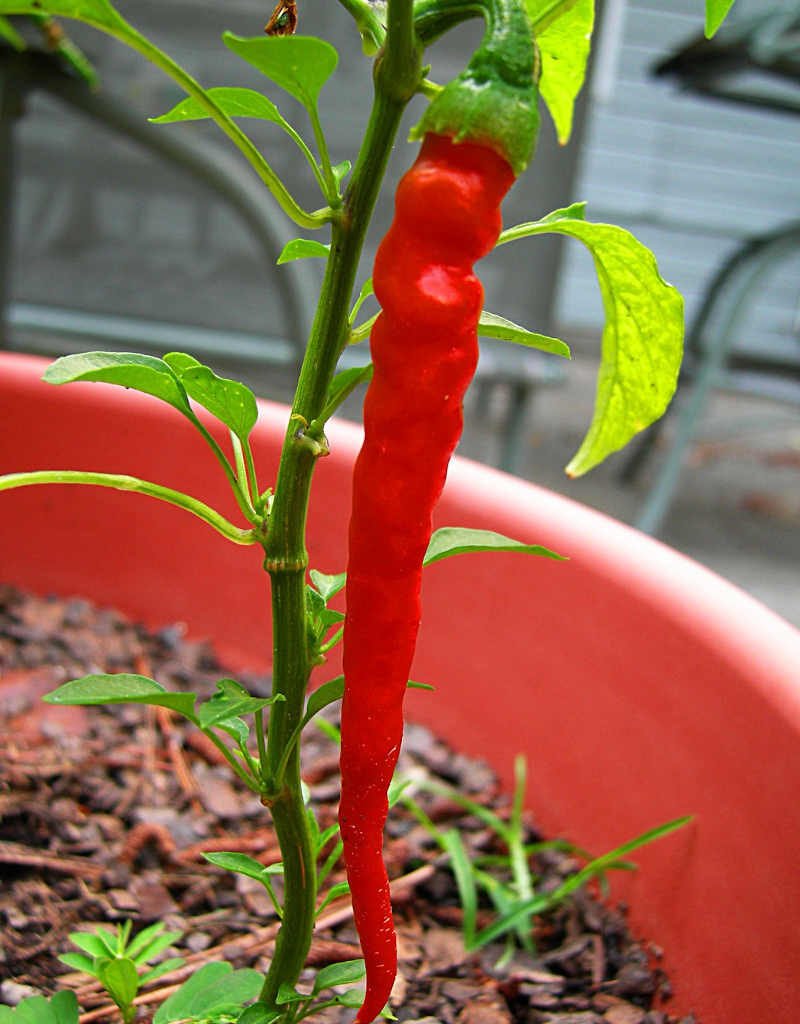
Cayenne pepper (Capsicum annuum) is a hot chili variety native to Central and South America, now grown across the U.S.—especially in warm regions like California, Texas, and Florida. The pepper gets its name from the city of Cayenne in French Guiana.
With a heat rating between 30,000 to 50,000 Scoville Heat Units (SHU), cayenne peppers bring a bright, clean, and intense heat that’s ideal for seasoning soups, stews, sauces, and dry rubs. When dried and ground, it becomes the bold red powder that gives everything from Buffalo wings to spicy tacos their kick.
Nutritional Powerhouse: What’s Inside Cayenne Pepper?
Cayenne pepper’s heat comes from capsaicin, a natural compound with powerful health properties. But that’s just the beginning. Each fiery pod is loaded with essential nutrients:
- Vitamin C – Strengthens immunity and promotes glowing skin.
- Vitamin A – Supports vision and skin health.
- Vitamin E – Acts as an antioxidant that protects cells.
- Vitamin B6 – Aids in energy metabolism.
- Potassium & Manganese – Support muscle and bone health.
- Capsaicin – The star compound known for pain relief, fat-burning, and anti-inflammatory effects.
A small dash of cayenne goes a long way in delivering these benefits without adding calories or fat.
Top Health Benefits of Cayenne Pepper
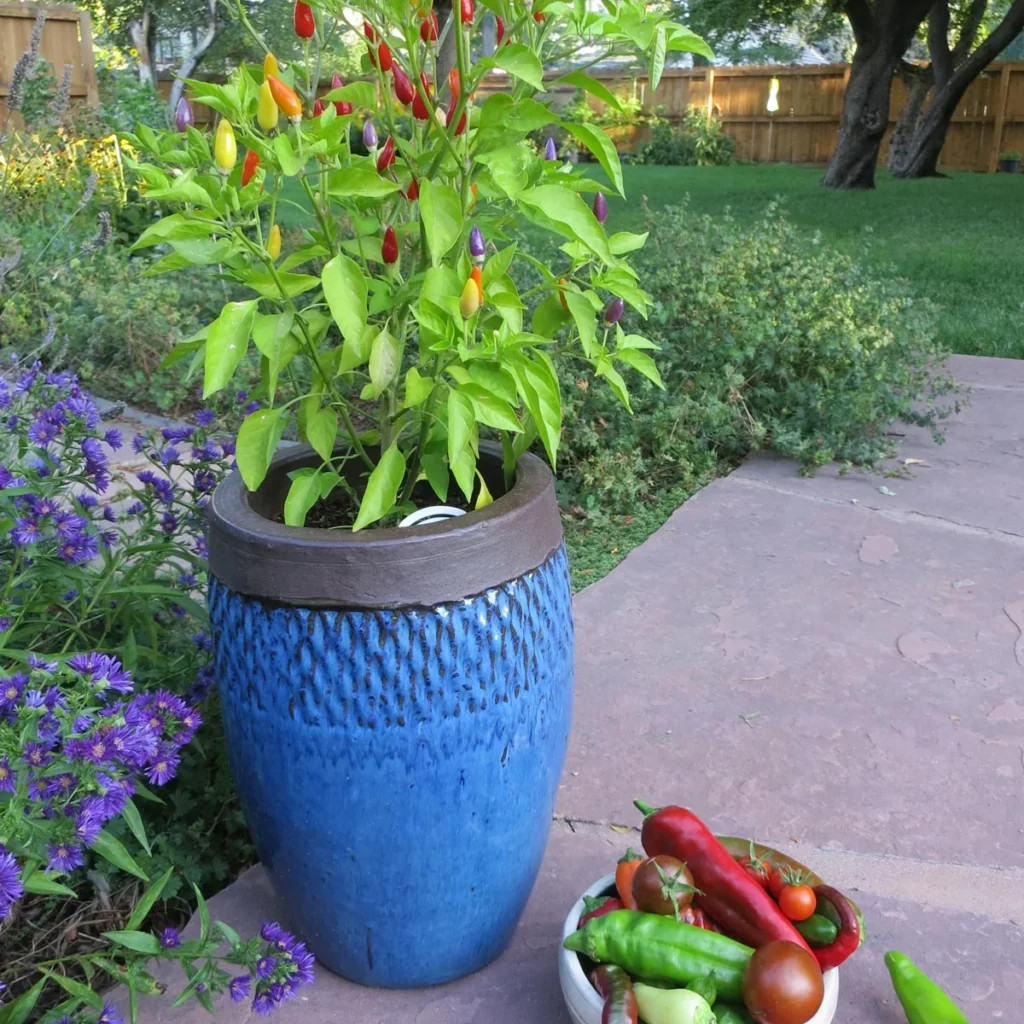
1. Boosts Metabolism and Fat Burning
Cayenne pepper is famous for its thermogenic effects. Capsaicin increases your body temperature slightly, prompting your system to burn more calories. Studies suggest that regular consumption can support weight management and fat oxidation—especially when combined with exercise.
2. Improves Digestion
Contrary to the myth that spicy foods upset your stomach, cayenne pepper can actually stimulate digestive enzymes and improve gut health. It increases gastric juices, helping break down food more efficiently.
3. Supports Heart Health
Capsaicin may help lower cholesterol levels and improve blood circulation. By preventing plaque buildup and promoting better vessel function, cayenne supports cardiovascular wellness.
4. Relieves Pain Naturally
Cayenne-based creams and balms are widely used in the U.S. for joint pain, arthritis, and sore muscles. Capsaicin blocks pain signals from nerves, offering relief without medication.
5. Boosts Immunity
With its high vitamin C and beta-carotene content, cayenne strengthens the immune system and helps ward off seasonal illnesses.
6. Clears Congestion and Sinus Issues
A warm cup of lemon water with a pinch of cayenne can clear nasal passages, break down mucus, and fight sinus infections naturally.
How to Grow Cayenne Peppers at Home

If you love gardening or want to try your hand at growing hot peppers, cayenne is one of the easiest and most rewarding varieties to cultivate in your backyard or balcony garden.
1. Choose the Right Spot
Cayenne peppers thrive in full sunlight and well-drained soil. Select a location that gets at least 6–8 hours of sun daily.
2. Start with Seeds or Seedlings
Start seeds indoors about 8–10 weeks before the last frost date. Once seedlings are 6 inches tall and nighttime temperatures stay above 55°F, transplant them outdoors.
3. Soil and Watering
Use nutrient-rich soil with a slightly acidic pH (6.0–6.5). Keep the soil consistently moist but not soggy. Overwatering can lead to root rot.
4. Fertilizing
Feed plants with an organic vegetable fertilizer or compost every few weeks. A fertilizer high in potassium and phosphorus will encourage better fruit production.
5. Harvesting
Cayenne peppers turn from green to bright red when ripe, typically 70–90 days after transplanting. Harvest with scissors to avoid damaging the plant.
6. Drying and Storing
You can air-dry cayenne peppers by hanging them in a warm, ventilated space, or use a dehydrator. Once dry, grind them into powder or store whole in airtight jars.
Delicious Ways to Use Cayenne Pepper
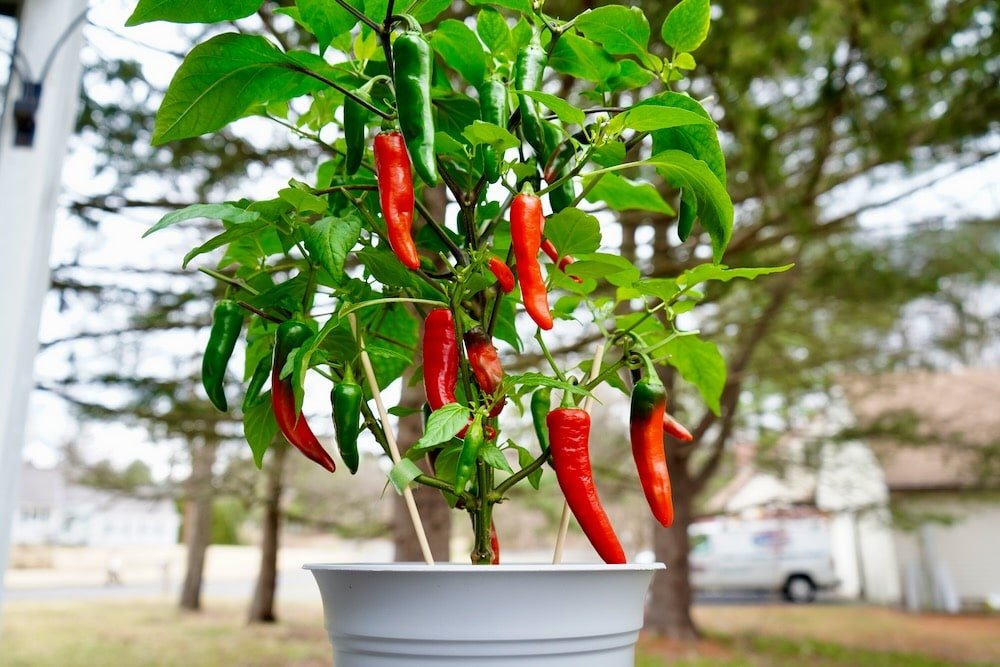
Cayenne pepper is an all-American favorite in kitchens—from Louisiana’s spicy Cajun dishes to Tex-Mex tacos and Buffalo sauces. Here are some creative ways to bring the heat:
1. Add to Morning Drinks
Start your day with a metabolism-boosting drink—mix warm water, lemon juice, honey, and a pinch of cayenne. It jumpstarts digestion and energizes your morning.
2. Spice Up Meals
Sprinkle cayenne powder over:
- Roasted vegetables
- Chicken or fish marinades
- Scrambled eggs or omelets
- Popcorn for a spicy snack
3. Homemade Hot Sauce
Blend cayenne peppers with garlic, vinegar, and salt for a homemade hot sauce that beats store-bought versions.
4. Soups and Stews
Add a touch of cayenne to soups, stews, and chili recipes for depth and warmth without overwhelming the dish.
5. Desserts with a Twist
Try a pinch of cayenne in hot chocolate, brownies, or truffles—the contrast between sweet and heat is irresistible.
Cayenne Pepper for Wellness and Beauty
Beyond the kitchen, cayenne has made its mark in natural health remedies and DIY beauty treatments across the U.S.
Pain Relief Creams
Mix cayenne powder with coconut oil and beeswax to create a soothing topical balm for sore muscles and joint pain.
Hair Growth Booster
Cayenne improves scalp circulation, stimulating hair follicles. Combine a small amount with olive oil, massage gently, and rinse after 15 minutes.
Detox and Cleansing
Many natural detox drinks include cayenne pepper to enhance circulation and toxin elimination. Just remember—start with a small amount!
Safety and Precautions
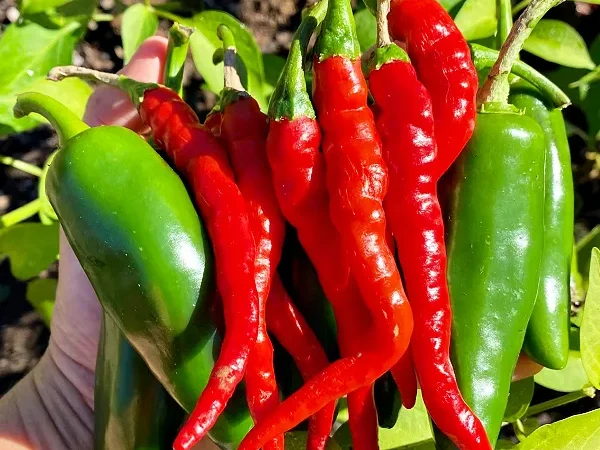
While cayenne pepper is highly beneficial, a little goes a long way.
- Always wash hands thoroughly after handling fresh peppers.
- Avoid contact with eyes and sensitive skin.
- People with ulcers or acid reflux should consult a doctor before regular use.
- If using capsaicin creams, apply only on unbroken skin.
The Role of Cayenne in American Cuisine and Culture
From the Creole kitchens of Louisiana to health-conscious smoothie bars in California, cayenne pepper plays a starring role in American food culture. It bridges traditional spice heritage with modern health trends, appearing in everything from spicy chicken wings to wellness shots.
American chefs love cayenne for its versatility—it enhances flavor without overpowering, complements smoky barbecue sauces, and brings life to otherwise bland dishes. The pepper’s rise in the U.S. wellness scene also mirrors the nation’s growing interest in natural, plant-based nutrition.
Final Thoughts: Embrace the Heat, Reap the Rewards
Cayenne pepper is far more than a fiery spice—it’s a natural energizer, a healing aid, and a symbol of bold American flavor. Whether you grow it in your backyard, sprinkle it on your meals, or use it in wellness routines, cayenne can transform your diet and your health.
So, the next time you reach for the spice rack, don’t shy away from the heat. A dash of cayenne can awaken your taste buds, fire up your metabolism, and remind you that sometimes—the hottest things in life are also the healthiest.
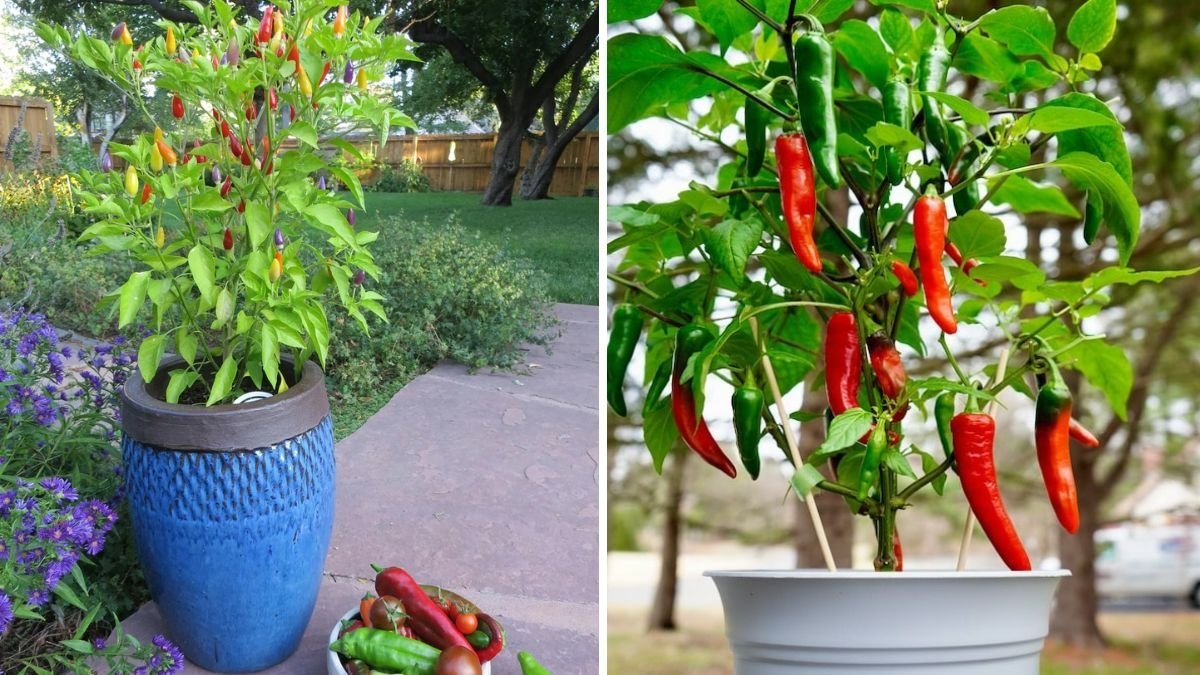





Leave A Comment